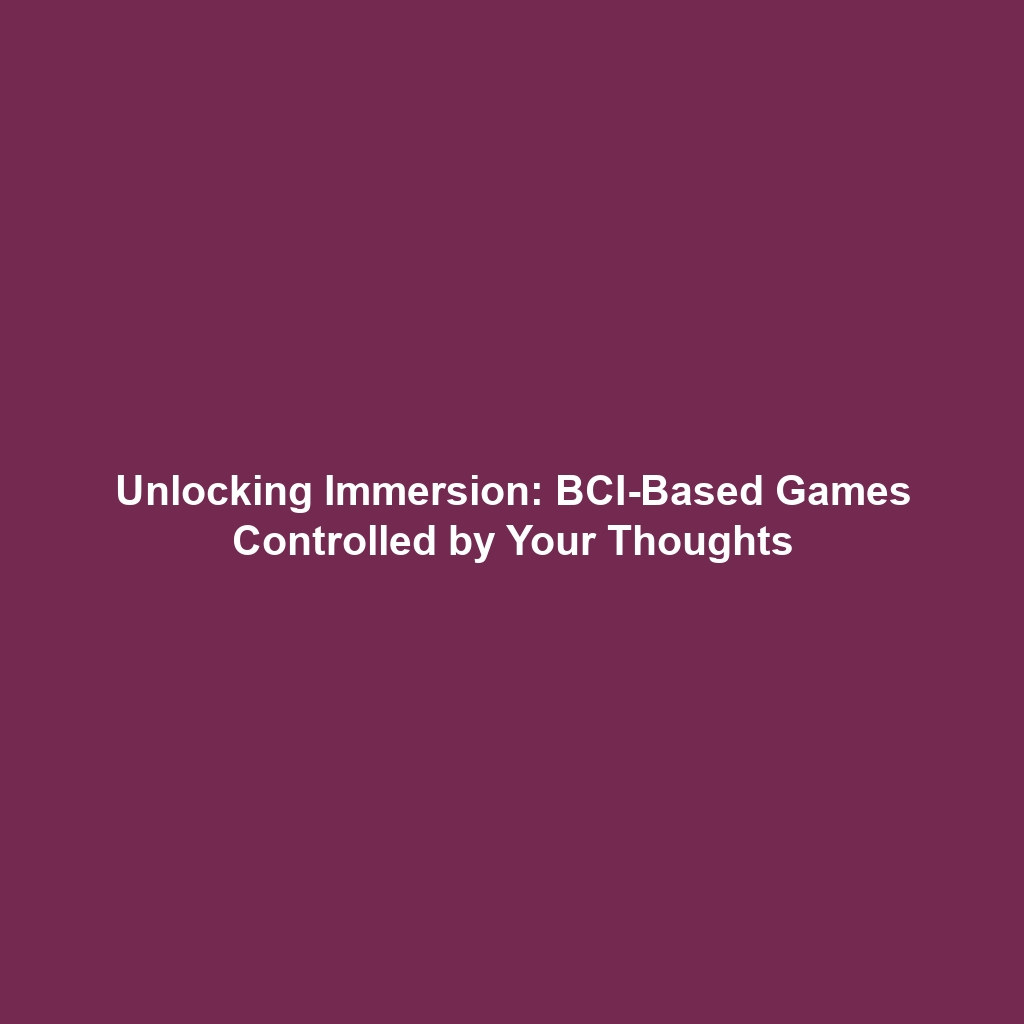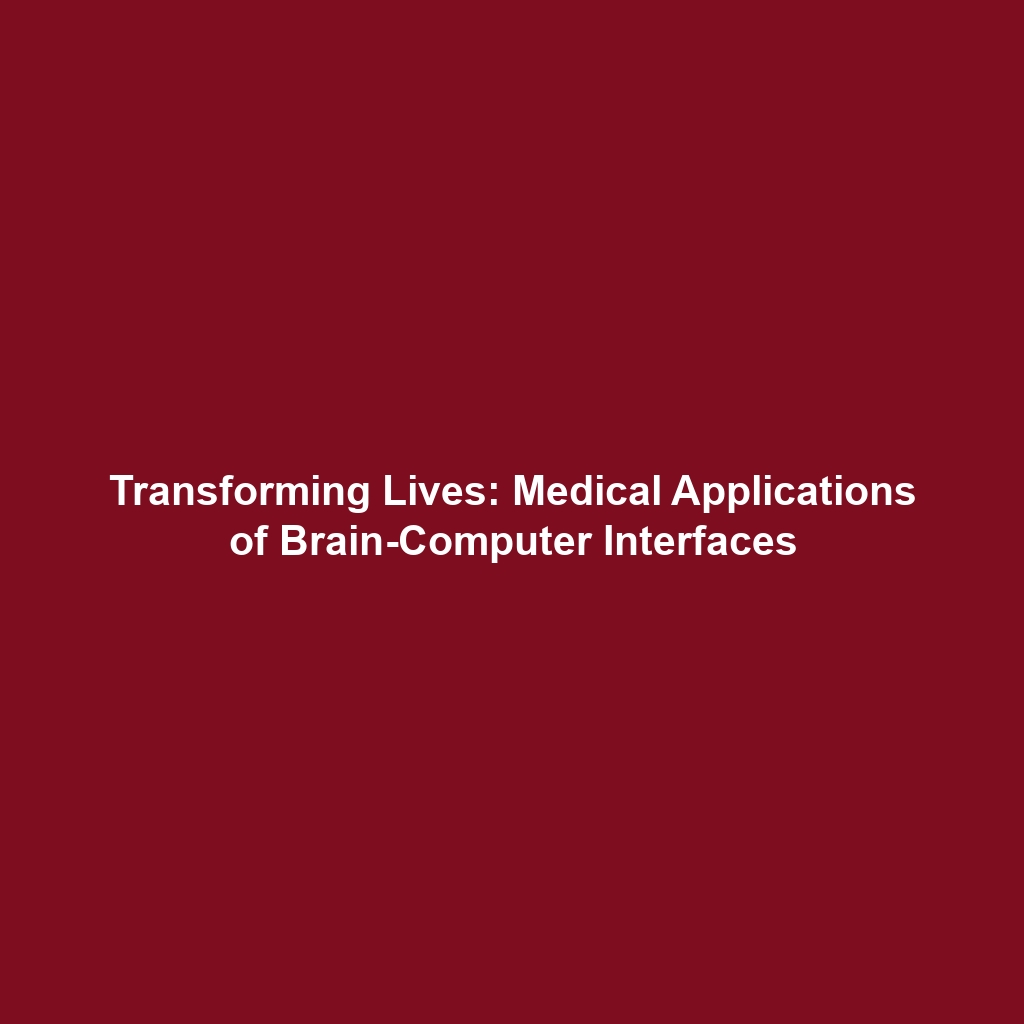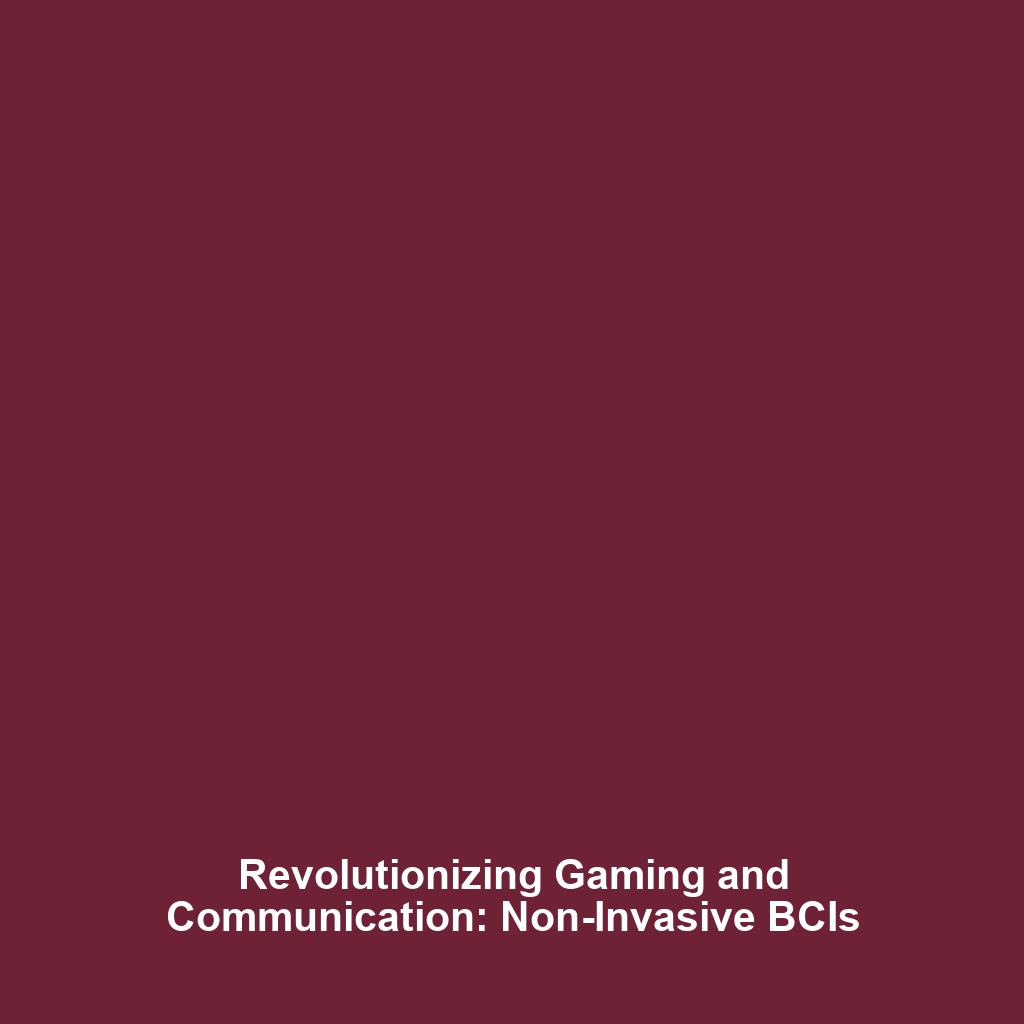Benefits of Integrating Multiple Data Streams in Brain-Computer Interfaces
Brain-Computer Interfaces (BCIs) are revolutionizing the way humans interact with technology. By integrating multiple data streams, these systems enhance accuracy and functionality, facilitating improved communication and control. This article explores the significance of these benefits within the broader context of BCIs, highlighting key concepts, applications, current challenges, and future innovations. Understanding the role of integrated data streams in BCIs is crucial for advancing both therapeutic and commercial applications in neuroscience and technology.
Key Concepts of BCIs
BCIs facilitate direct communication between the brain and external devices, primarily through the interpretation of neural signals. The integration of multiple data streams is pivotal for several reasons:
- Enhanced Signal Accuracy: Utilizing diverse data sources, such as EEG, fNIRS, and EMG, helps refine the accuracy of signal interpretation.
- Increased Functionality: By combining various types of data, BCIs can offer more nuanced and multi-faceted control capabilities.
- Adaptive Systems: Integrated approaches enhance the adaptability of BCIs to diverse user needs and environmental conditions.
These key concepts underpin the significant advancements in Brain-Computer Interfaces, contributing to their growing role in therapeutic and assistive technologies.
Applications and Real-World Uses
Understanding how integrated data streams enhance BCIs is crucial for recognizing their real-world applications. Here are several notable uses:
- Prosthetics Control: Users can control advanced prosthetic limbs more intuitively by integrating multiple neural signals.
- Assistive Communication Devices: Individuals with severe disabilities can utilize BCIs to communicate through speech-generating devices, significantly improving quality of life.
- Neurofeedback Therapy: Combining different data streams enables more personalized and effective neurofeedback interventions in mental health treatments.
These applications showcase how multiple data streams optimize the functionality of Brain-Computer Interfaces across various fields.
Current Challenges in BCIs
Despite the benefits, there are challenges associated with the integration of multiple data streams in BCIs:
- Data Overload: Managing the vast amounts of data from multiple sources can complicate processing and interpretation.
- User Variability: Individual differences in neural signals can lead to inconsistent results, making standardization difficult.
- Technical Limitations: The integration of diverse technologies often faces hardware constraints and compatibility issues.
Addressing these challenges is essential for the continued evolution of Brain-Computer Interfaces.
Future Research and Innovations
Looking ahead, the integration of multiple data streams in BCIs is poised for significant innovation. Emerging trends include:
- Machine Learning Algorithms: These will enhance the interpretation of complex data, allowing for smarter and more adaptive BCI systems.
- Wearable Technology Advancements: Next-generation wearable sensors will facilitate the seamless collection and integration of data, making BCIs more accessible.
- Collaborative Interfaces: Research into collaborative BCIs that allow multiple users to interact with systems will further broaden their scope of applications.
These innovations will deepen our understanding and application of integrated data streams in Brain-Computer Interfaces, leading to groundbreaking advancements.
Conclusion
The integration of multiple data streams represents a transformative aspect of Brain-Computer Interfaces, significantly improving their accuracy and functionality. As we continue to navigate the challenges and embrace future innovations, the potential for BCIs to enhance communication and interaction becomes increasingly apparent. For further exploration, consider reading about the various applications of BCIs or diving into future research directions in this exciting field.







